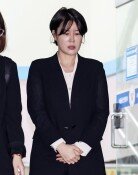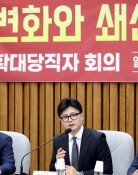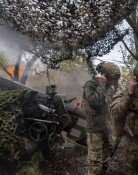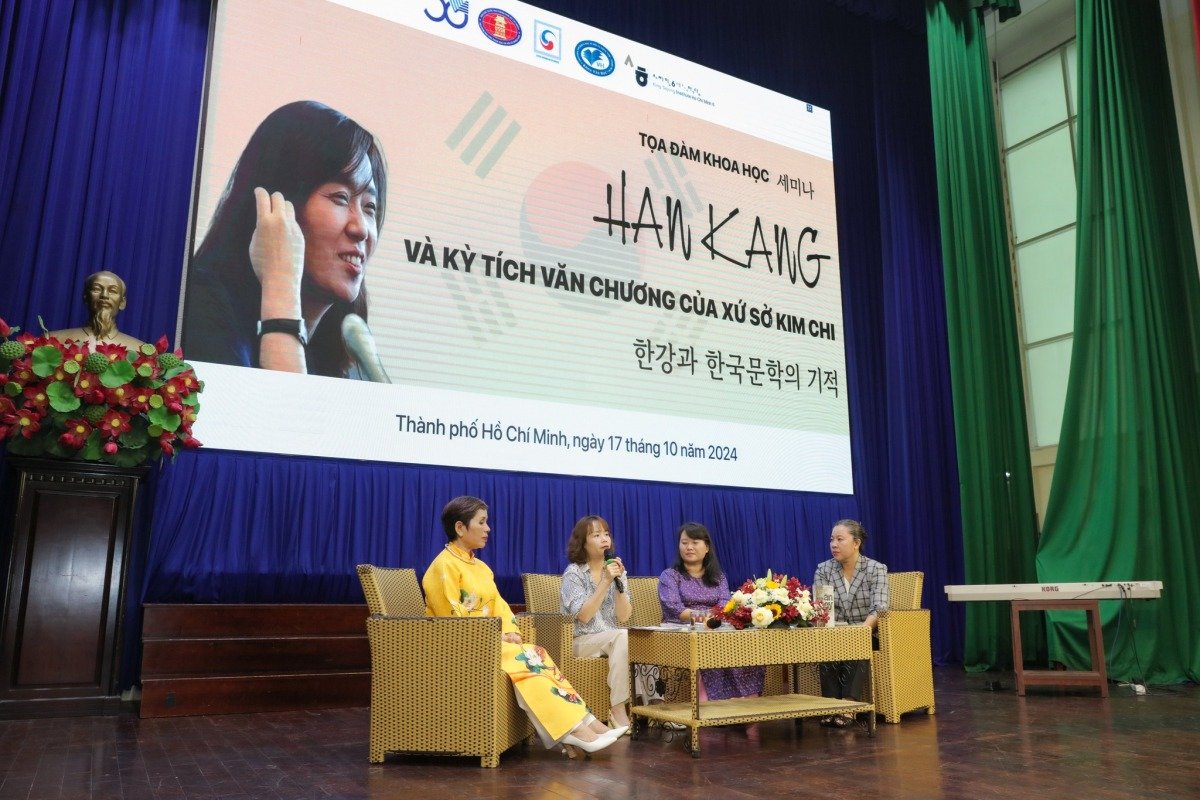Educational environment is worsening
Educational environment is worsening
Posted January. 05, 2001 15:28,
The nation' educational environment is going from bad to worse. In reality, more than one-third of the school curricula is taught by part-time lecturers in the universities and colleges, while one professor is teaching an average of 40 students in the class. And the ratio of the school foundations' contributions in the private colleges accounts for only 4.8 percent of the total management fund, and the expenses for laboratory experimental expenses account for around 1 percent. This fact testifies how poor investments in the national education.
Class lessons filled largely by part-time lecturers:
According to the 2000 college educational development projection provided by the Korea College Education Federation on Thursday, the ratio of part-time lecturers in the colleges is 32.6 percent in 1998, 35.9 percent in 1999 and 37.2 percent in 2000, showing annual increase. Last year, more than half of the liberal arts and science subjects (52.5 percent) were taught by part-time lecturers. This is mainly because the wages for them are far lower than for full-time lecturers or professors.
Last year, payments for part-time lecturers by the hour averaged 23,210 won. The payments for part-time lecturers in private schools (24,160 won per hour) were lower than the state universities (20,340 won).
On the other hand, monthly salaries were 4.38 million won for full professors, 3.3 million won for associate professors, 3.13 million won for assistant professors and 2.63 million for full-time lecturers. The hourly payments for the part-time lecturers were 20,280 won in 1998 and 23,520 won in 1999. This raised criticism that the colleges are exploiting high-quality manpower.
Education evolves slowly:
With the rising zeal for information technology, the environments for information industry have been improved, yet the conditions for basic education have taken backward steps.
The number of students per computer has been on the decline, with 7.7 students per computer in 1998, 7 in 1999 and 5.9 in 2000. However, the number of students per professor has increased annually with an average of 36.6 in 1998, 38.5 in 1999 and 39.7 in 2000.
According to statistics from the Organization for Economic Cooperation and Development, the number of students per professor was 14.9 in the United States, 13.9 in the United Kingdom, 29.1 in France, 11.9 in Germany and 19.1 in Japan.
The ratios of the recruitment of the new professors stand at 9.1 percent in 1997, 7 percent in 1998 and 5.8 percent in 1999.
The ratios for students per seat of the libraries recorded 9.1 percent with a tendency of gradual increase. And the expenses for purchases of books and publications in the libraries showed a slight increase in 1999 with 97,020 won per student, but the amount dropped in 2000 with 93,360 won.
The amounts of scholarships in the colleges displayed slight annual hikes with 795,000 won per student in 1999, and its ratios of the beneficiaries are decreasing annually with 50 percent in 1997, 45 percent in 1998, 44.8 percent in 1999. On the contrary, the amounts of tuition fees are constantly increasing.
Plight of private colleges:
School foundations at private colleges are avoiding investments. The ratios of the foundations' contributions are dropping every year, with 6.7 percent in 1997, 6 percent in 1998 and 4.8 percent last year.
The ratio of state subsidy shows slight increases annually with 3.7 percent in 1999 and 3.8 percent in 2000.
Expenses for laboratories in private colleges at 1 percent account for less than half that of state universities at 2.3 percent.
As for college refectories, the conditions for accommodating the students are rather poor, with the provision of one seat per 9.7 students. But one seat is available for 2.4 professors, providing them more comfortable conditions.
Lee In-Chul inchul@donga.com
Headline News
- Presidential Office signals possible offensive weapons aid to Ukraine
- N. Korea reportedly prepares military balloon attack with Russia
- Medical associations join bipartisan talks on expanding medical school quotas
- Former world No. 1 Ko Jin-young returns to LPGA
- Kakao unveils AI service ‘Kanana’ at 'if Kakao AI 2024'







